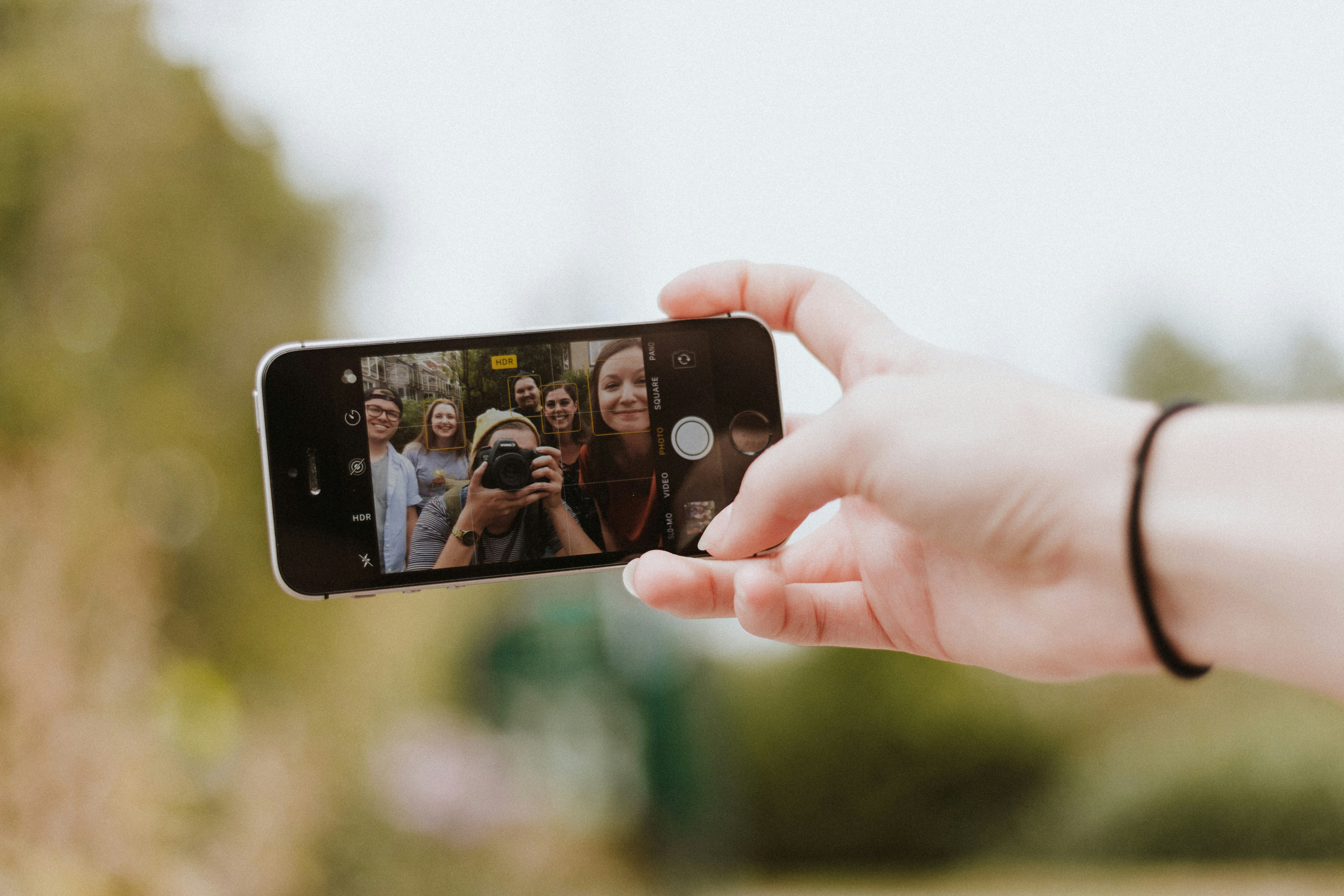Explore the basics of photography: What is basic camera operation?

Photography as an art that captures life moments and changes them into everlasting art has become increasingly integrated with our daily lives. To do this, every photography enthusiast needs to master basic camera operation.
Know the parts of your camera
It is important before starting to use a camera for you to know its parts first. In general, most modern cameras are made up of among other things, a lens, shutter, viewfinder, photosensitive element, flash, and operating interface. Each part plays an essential role and collaborates with others in capturing images.
Set up the camera’s basic parameters
Exposure mode: Most cameras will provide different exposure modes such as automatic mode, semi-automatic (for example aperture priority or shutter priority), and manual mode. Beginners can start with automatic mode and then may try some more advanced modes in the future when they gain experience.
White balance: It is a key parameter used to adjust the image's color so that under different lighting sources colors on photographs are natural and true.
ISO: The term ISO stands for sensitivity which determines how sensitive the camera is towards light. In a dark environment, one can increase exposure by increasing ISO but be warned that it may also cause noise levels to go much up.
Aperture: Aperture controls how much light passes through the lens while also affecting the depth of field in a photo. The wide aperture is good for portraits or close-ups while the small aperture suits landscapes or scenes requiring large DOF.
Shutter speed: Shutter speed refers to the length of time for Camera’s exposures. A fast shutter speed is appropriate for shooting moving objects while a slow shutter speed captures effects like flowing waters and traffic movements blurs.

Mastering focus and composition skills
Focus: Focusing aims at making sure that what you want as your main subject appears clear and sharp enough out there. Autofocus function comes with most modern cameras; however, some special cases may require manual focus for more precision.
Composition: Composition is a powerful art in photography. By way of the right composition, one can make the subject stand out, lead the viewer to where he should look, and convey the photographer’s intention. Commonly used techniques include the rule of thirds, golden section point, and diagonal composition among others.
Practical shooting and post-processing
Practical shooting: The foundation of theoretical learning but real skills need to be developed through practice. The only way to improve photography skills is just by taking more photos and getting involved in more practices.
Post-processing: Post-processing is an integral part of photography. Through the software for post-processing, you can adjust colors, crop your pictures, and make them sharper thus making them perfect.
Mastering basic camera operations is a challenge every photography enthusiast must face head-on. Through learning continuously and practicing constantly we can gradually enhance our photographing skills and record every exquisite moment in life with our lenses.

 EN
EN
 AR
AR
 DA
DA
 NL
NL
 FI
FI
 FR
FR
 DE
DE
 EL
EL
 HI
HI
 IT
IT
 JA
JA
 KO
KO
 NO
NO
 PL
PL
 PT
PT
 RO
RO
 RU
RU
 ES
ES
 SV
SV
 TL
TL
 IW
IW
 ID
ID
 SR
SR
 VI
VI
 HU
HU
 TH
TH
 TR
TR
 FA
FA
 MS
MS
 IS
IS
 AZ
AZ
 UR
UR
 BN
BN
 HA
HA
 LO
LO
 MR
MR
 MN
MN
 PA
PA
 MY
MY
 SD
SD














